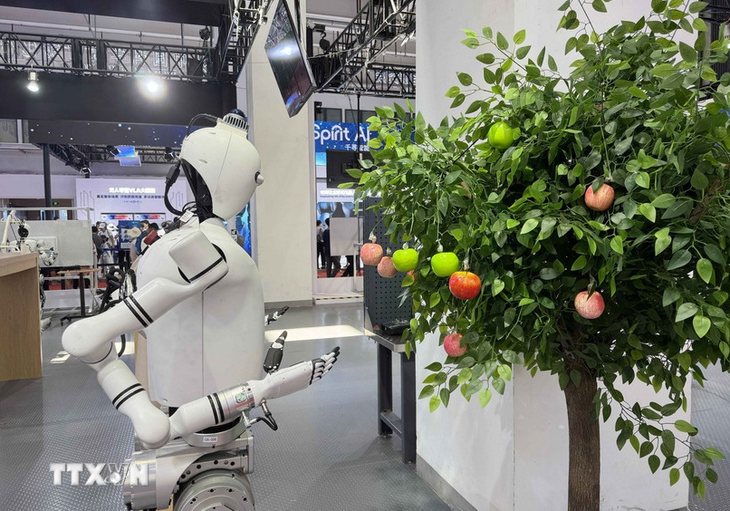
Fruit harvesting robots are displayed at the World Robot Conference 2025 to promote the development of the robot industry, Beijing, China - Photo: VNA
The humanoid robots that attracted attention at the Web Summit in Lisbon this week will be far from revolutionizing physical labor in factories or warehouses, a representative of the Amazon e-commerce group said on November 12.
Mr. Tye Brady - Director of Robotics Technology at Amazon - commented that many current robot models "do technology just for show" by focusing on form, instead of solving real problems. He said robots only have value when they meet specific functions and tasks.
While the Chinese company Unitree's breakdancing robots were a highlight at the Web Summit, Mr. Brady emphasized that Amazon has deployed more than 1 million robots in its e-commerce system, including grippers, sorters, and robots that move goods around the warehouse with sensors to avoid collisions with humans.
According to the International Federation of Robotics, by 2024, China will have about 2 million industrial robots in operation, while the world will have more than 4.5 million.
Mr Brady said the world is still in the "early stages of robotics" and "there is no such thing as 100% automation". Amazon's robots - developed in Massachusetts (USA) - are designed to assist humans and eliminate boring, repetitive tasks.
While admitting that some elements of humanoid robots – such as the ability to walk on two legs – can be useful in complex environments, Mr Brady stressed that the real value still lies in the ability to manipulate, sense and handle objects.
Companies are racing to bring humanoid robots to market too quickly, according to Mr. Brady. One example is the American startup 1X, which recently opened pre-orders for a $20,000 domestic robot, but it uses “expert control” mode operated by a remote human for difficult tasks.
Amazon is currently testing Vulcan robots, which have force sensors to avoid damaging goods and can handle about 75% of its product catalog. However, this is still a large, fixed system, not a flexible humanoid robot.
Mr Brady concludes that the future is bright if developers focus on function – combining mobility and manipulation – rather than chasing after form.
Source: https://tuoitre.vn/amazon-doi-gao-nuoc-lanh-vao-con-sot-robot-hinh-nguoi-tai-web-summit-20251114235946071.htm


![[Photo] Exciting contest of skillful red fruit picking and creativity from Son La coffee beans](https://vphoto.vietnam.vn/thumb/1200x675/vietnam/resource/IMAGE/2025/11/15/1763201832979_ndo_bl_3-jpg.webp)
![[Photo] The Government Standing Committee reviews the planning project of the Red River landscape avenue axis](https://vphoto.vietnam.vn/thumb/1200x675/vietnam/resource/IMAGE/2025/11/15/1763197032149_dsc-0163-jpg.webp)

![[Photo] Action for the Community tells stories of enduring journeys – both intimate and great, yet quiet and determined](https://vphoto.vietnam.vn/thumb/1200x675/vietnam/resource/IMAGE/2025/11/15/1763179022035_ai-dai-dieu-5828-jpg.webp)

![[Photo] General Secretary To Lam receives Governor of Kanagawa Province (Japan) Kuroiwa Yuji](https://vphoto.vietnam.vn/thumb/1200x675/vietnam/resource/IMAGE/2025/11/15/1763204231089_a1-bnd-7718-5559-jpg.webp)






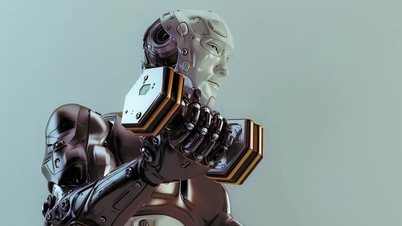



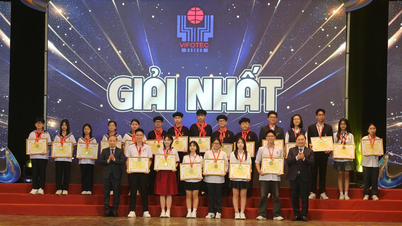






![[Video] Gambling fraud via livestream](https://vphoto.vietnam.vn/thumb/402x226/vietnam/resource/IMAGE/2025/11/15/1763200030804_thumbnail-jpg.webp)
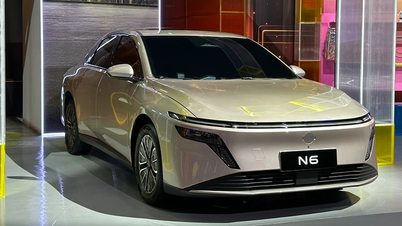






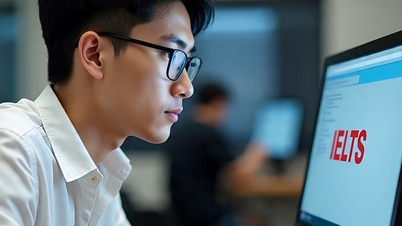
















































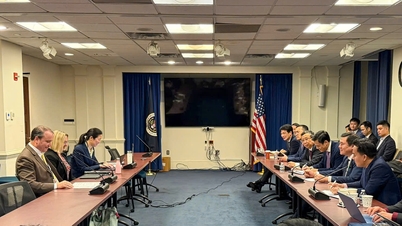






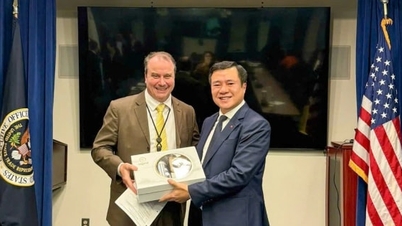
















Comment (0)